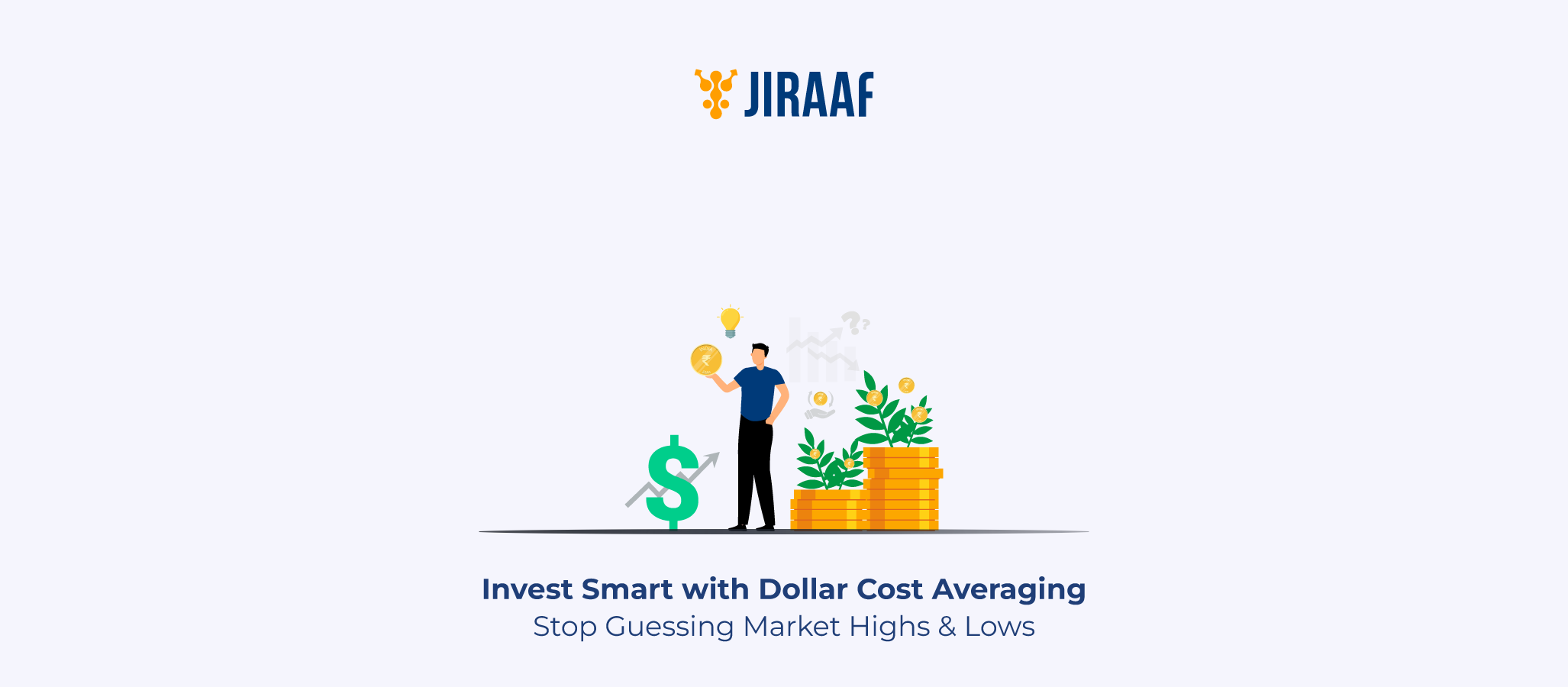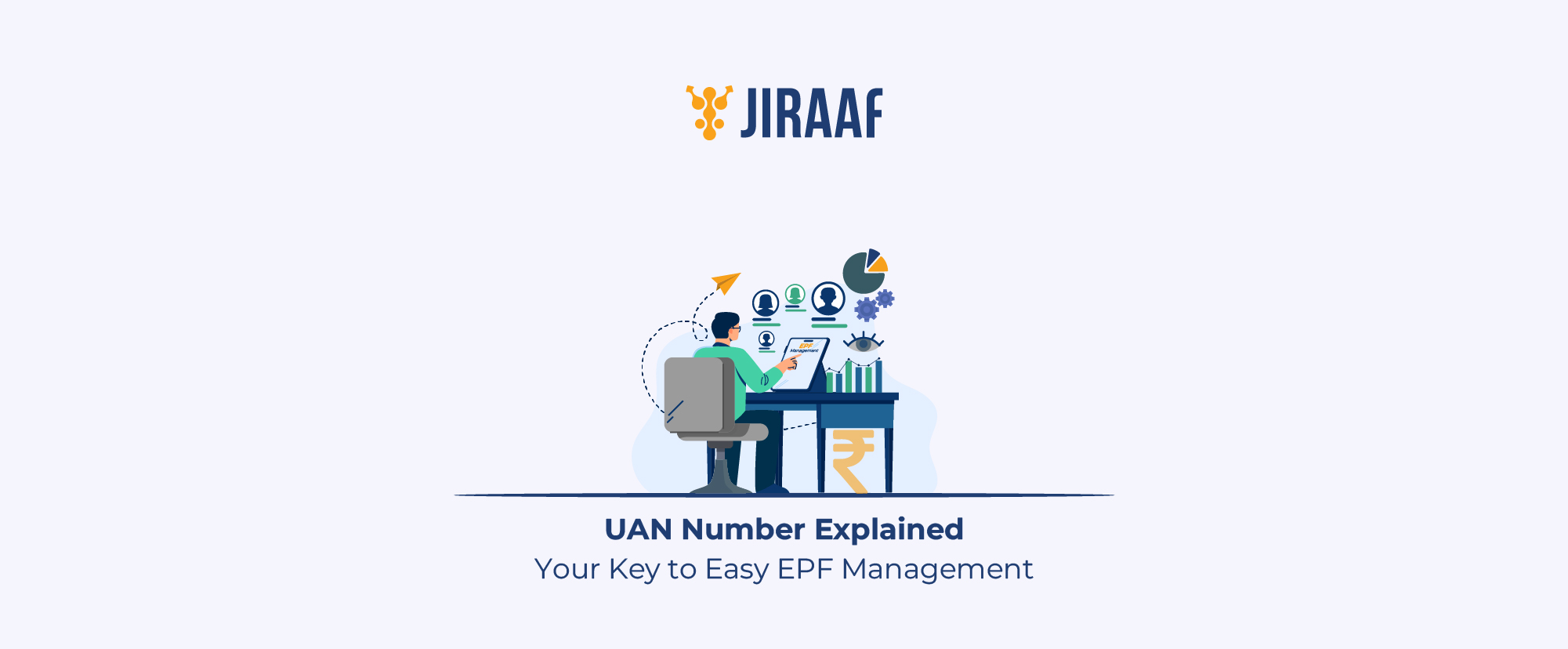Investing can be nerve-wracking, especially when the markets swing. That’s where dollar-cost averaging (DCA) comes in. With DCA, you invest a fixed amount regularly—say monthly—regardless of market levels. This Indian-friendly approach, often implemented via Systematic Investment Plans (SIPs), helps you buy more units when prices are low and fewer when they’re high, potentially lowering your average cost over time and smoothing volatility.
Introduction to Dollar Cost Averaging
DCA means investing equal amounts regularly—even when prices fluctuate—as first described by Benjamin Graham in The Intelligent Investor. In India, this translates to SIPs in mutual funds: every month, you invest a fixed rupee amount, buying more units at dips and fewer during peaks. Over time, this strategy reduces reliance on timing the market and builds discipline.
How Dollar Cost Averaging Works in Practice
Suppose you invest ₹10,000 monthly in a mutual fund. In months when the NAV dips, your ₹10,000 buys more units, and when the NAV rises, fewer units. Over six months, your average cost per unit often ends up lower than a lump-sum entry. For example, a SIP of ₹10,000 monthly totalled ₹60,000 could buy 615 units, while a ₹60,000 lump sum bought fewer, demonstrating lower average cost via DCA.
Benefits of Dollar Cost Averaging
- Reduces market timing risk: You don’t need to guess when to invest.
- Emotional discipline: Avoid panic investing or missing dips.
- Automatic investing: Aligns with salary cycles via monthly SIPs.
- Potentially lower average cost per unit: More units for your rupees during downturns.
These benefits are especially helpful for beginners, salaried professionals, and risk-averse investors in India.
Dollar Cost Averaging vs Lump Sum Investing
| Feature | DCA (SIP) | Lump Sum Investing |
| Market timing risk | Low; spreads over time. | High; dependent on timing. |
| Unit cost variability | Lower average cost across cycles. | Fixed units at entry NAV. |
| Emotional comfort | Less stress—small, regular amounts. | High stress if markets drop post-investment. |
| Market volatility. | Ideal. | Better if markets are at a low and rising. |
| Opportunity cost | Might miss early gains if the market rises. | Full exposure immediately. |
While lump sum often outperforms SIP in rising markets, DCA shines in sideways or volatile markets, helping you manage risk better.
Using Dollar Cost Averaging in Mutual Funds
In India, DCA is most common via SIPs in equity, debt, or hybrid mutual funds. You can start an SIP with as little as ₹500 per month on most platforms; some offer SIPs starting at ₹100 but ₹500 is a more common and practical minimum. The concept is equivalent to DCA—regular, fixed rupee investments into a chosen fund. You don’t need to worry about transaction cost drag if your SIP is large enough or the brokerage is minimal.
When to Use Dollar Cost Averaging: Best Scenarios
- When you’re building long-term goals—retirement, your children’s education—over several years.
- If markets are highly volatile or near recent highs.
- When you don’t have a lump sum ready or prefer not to invest all at once.
- If you’d rather focus on discipline over market timing. A hybrid strategy—invest part immediately and DCA the rest—can offer the best of both worlds.
Common Mistakes to Avoid with Dollar Cost Averaging
- Investing too small amounts with high transaction costs—this can erode gains.
- Stopping SIPs during market downturns—consistency is key.
- Confusing DCA with simply delaying a lump sum—true DCA invests new income, not dithers on existing capital.
- Picking poor-quality funds—outcomes depend on fund performance and manager skill.
Conclusion
Dollar-cost averaging via SIP offers an emotionally comfortable, disciplined path to investing in Indian mutual funds. It helps reduce timing risk and build wealth steadily, especially during volatile markets. While lump sum investing may bring higher returns when markets rise sharply, DCA suits those seeking consistency over adrenaline. You can even combine both—invest some immediately and SIP the balance. No matter your approach, consistency and good fund choices matter most.









